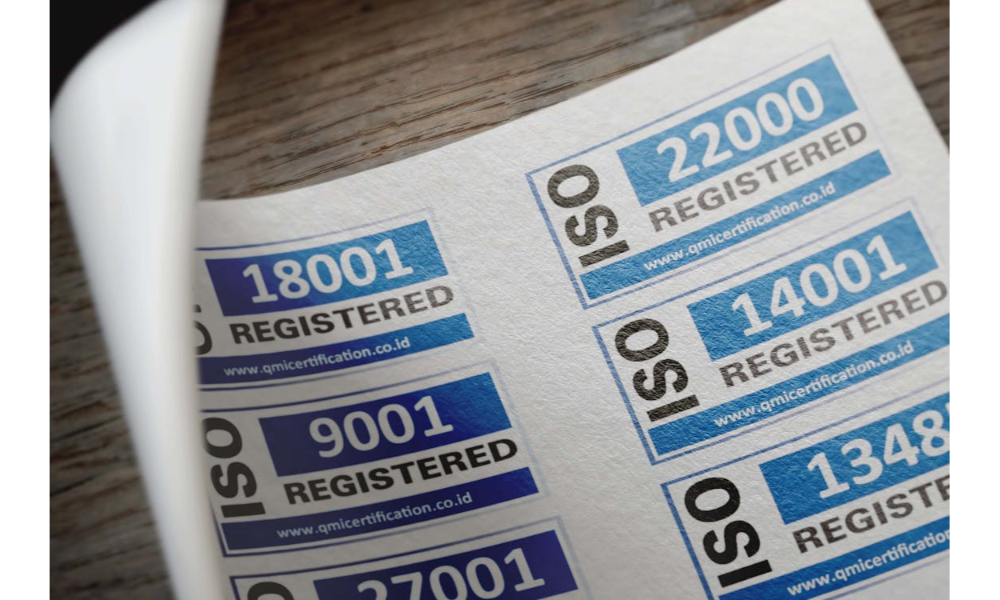Medical device compliance is not just a requirement; it’s a responsibility. Companies that manufacture, distribute, or maintain medical devices must ensure that their products meet the highest standards of safety and quality. This is where ISO 13485 auditors become crucial. These professionals are the gatekeepers of compliance, ensuring that medical devices are designed, produced, and maintained according to international standards. Their role goes beyond routine checks, making them essential for the medical device industry.
Understanding ISO 13485 Standards
ISO 13485 is an internationally recognized standard for quality management systems in the medical device industry. It outlines the requirements for organizations involved in the design, production, installation, and servicing of medical devices. But meeting these standards is not just about paperwork. It requires a thorough understanding of complex regulations, detailed documentation, and a consistent approach to quality. This is where the expertise of an ISO 13485 auditor becomes indispensable. They ensure that every process aligns with the standard, identifying gaps and recommending improvements.
The Critical Role of ISO 13485 Auditors
ISO 13485 auditors are not just inspectors. They are experienced professionals who understand the complexities of medical device manufacturing. Their role is to evaluate quality management systems, check for compliance, and ensure that every aspect of production meets regulatory requirements. This includes reviewing design controls, risk management processes, supplier management, and customer feedback mechanisms. Their keen eye for detail helps companies maintain high standards and avoid costly compliance issues.
Identifying Non-Compliance Early
One of the biggest advantages of working with ISO 13485 auditors is their ability to spot non-compliance early. During their assessments, they look for deviations from standard practices, missing documentation, or inconsistent procedures. Early identification of these issues prevents them from becoming serious problems. This proactive approach saves companies from penalties, product recalls, and damage to their reputation.
Ensuring Document Control and Record Accuracy
Documentation is at the heart of ISO 13485 compliance. From design records to manufacturing instructions, every document must be accurate, up-to-date, and properly maintained. ISO 13485 auditors review these records to ensure they meet regulatory requirements. They verify that procedures are followed, records are complete, and any changes are well-documented. Their oversight helps maintain a reliable document control system, which is critical for compliance.
Enhancing Risk Management
Medical devices can pose risks if not properly designed, manufactured, or maintained. ISO 13485 auditors play a vital role in enhancing risk management practices. They review risk management plans, assess the effectiveness of risk controls, and ensure that companies have a robust process for identifying and mitigating risks. This not only protects patients but also safeguards companies from legal and financial consequences.
Improving Supplier Management
Medical device manufacturers often rely on suppliers for components, materials, and services. But working with suppliers introduces risks. ISO 13485 auditors help companies establish strong supplier management practices. They assess supplier selection criteria, review supplier performance, and ensure that suppliers meet the necessary quality standards. This reduces the chances of substandard materials affecting product quality.
Conclusion
ISO 13485 auditors are the backbone of compliance in the medical device industry. Their expertise ensures that products are designed, produced, and maintained according to international standards. From identifying non-compliance to improving risk management and supplier practices, they offer invaluable support to companies. Without them, maintaining the high standards required for medical devices would be a challenge. Their role is not just about checking boxes; it’s about ensuring safety, quality, and trust in the devices that patients rely on.




